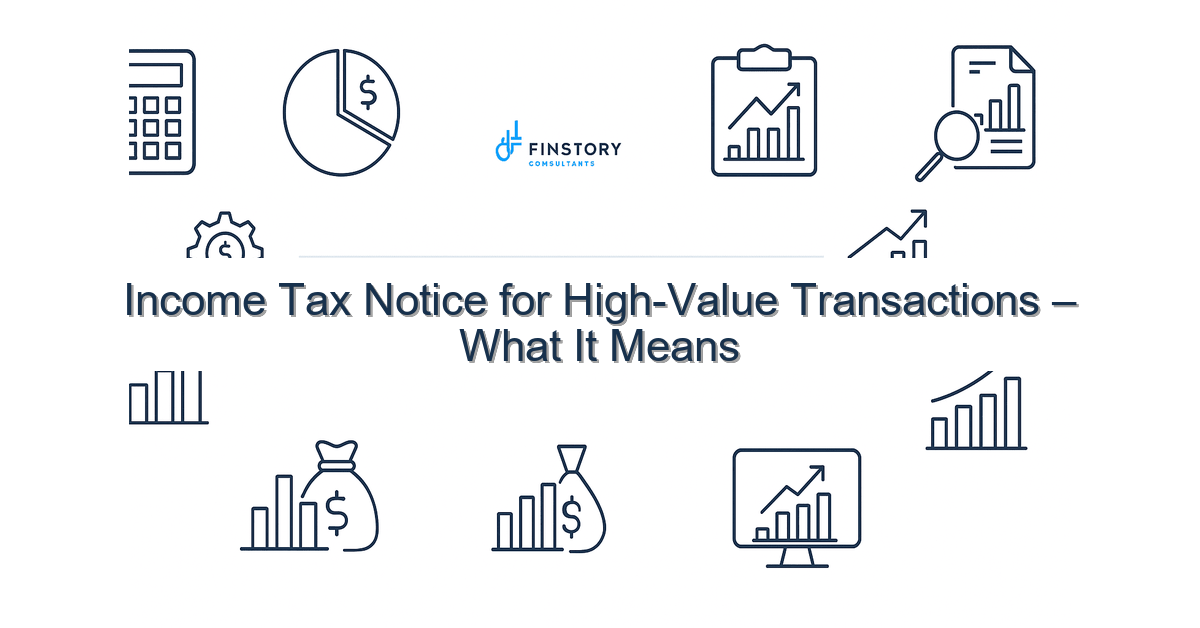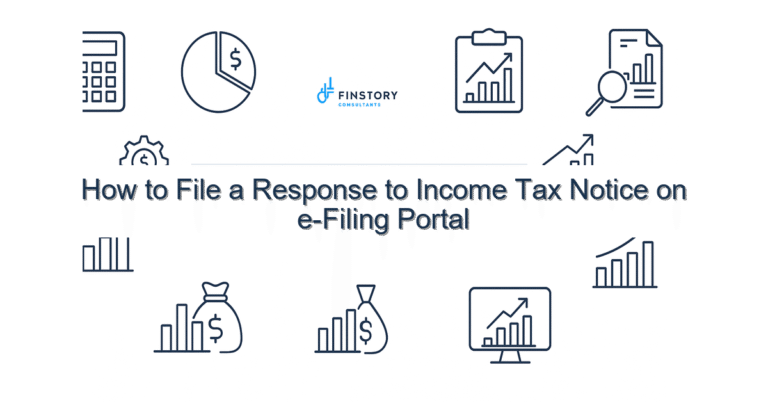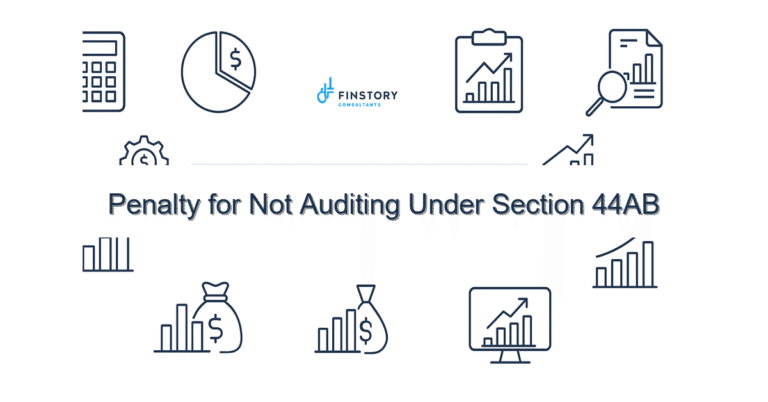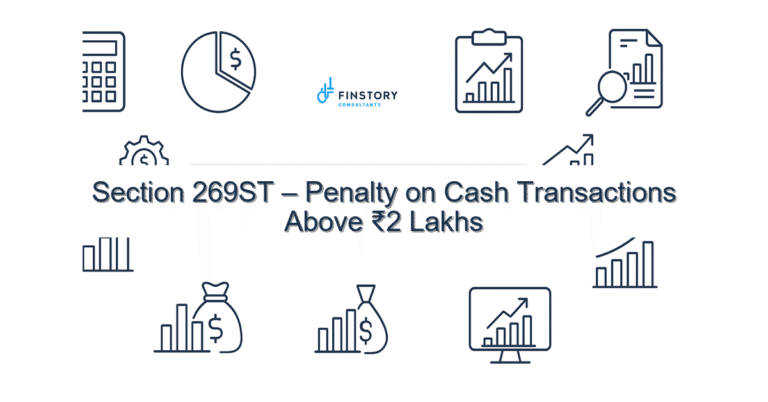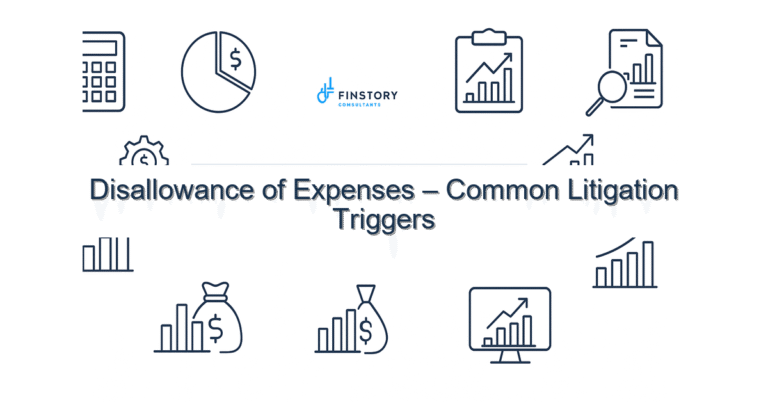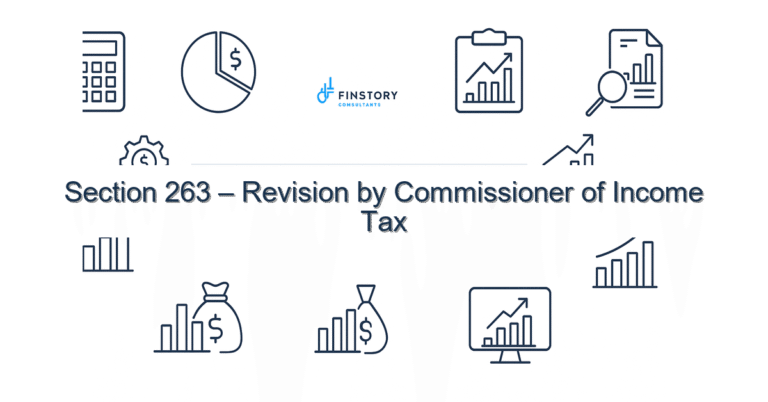Income Tax Notice for High-Value Transactions – What It Means
Getting a notice about “high-value transactions” can feel like a surprise audit arriving at the worst possible time. You’re not alone—many salaried individuals, professionals, founders and MSMEs see these notices and worry about penalties, reputational risk and lost time.
Summary: A notice for high-value transactions is usually triggered when information reported to the tax department (AIS/SFT/TDS/TCS) doesn’t match your ITR or other filings — it doesn’t automatically mean wrongdoing. Respond quickly, organise supporting documents, reconcile AIS/26AS and bank statements, and seek expert help to avoid escalation.
What’s the real problem in India?
The income tax system in India depends heavily on third‑party reporting: banks, financial institutions and other entities submit Statements of Financial Transactions (SFT/Form 61A) and the Automated Information System (AIS) reconciles data against your return. The Central Board of Direct Taxes (CBDT) issues notices when there’s a mismatch or when a transaction crosses thresholds. Notices may arrive under different sections (e.g., notice for information, notice under Section 143(1), or questionnaire under Section 142(1)).
- Unmatched entries in AIS/26AS versus ITR lead to routine notices.
- High-value cash or property transactions, large bank deposits, foreign remittances, or high-value purchases (e.g., land) trigger SFT reporting.
- TDS/TCS shortfalls reported in Form 26AS create automated flags.
- Non-reporting or late ITR filing (missed ITR filing last date) increases the likelihood of follow-up notices.
What people get wrong
- Assuming a notice equals tax evasion — often it’s a request for clarification or documentation.
- Ignoring the notice or delaying response — small delays can escalate to penalties or reassessment notices (Section 148).
- Not reconciling AIS/26AS before replying — responses without evidence often invite more queries.
- Overlooking legitimate reliefs such as capital gains indexation, deductions under Section 80C limit, or benefits under new vs old regime slabs, which can reduce the apparent tax liability if documented.
- Mishandling TDS/TCS mismatches — many miss claiming credit shown in Form 26AS because employer or payor filed it late or with errors.
A better approach
Think of a notice as a conversation starter with the tax department — not the start of a battle. Use a simple, documented process to resolve it.
- Step 1: Read the notice carefully — note the AY/PY, the reference data, and the deadline for reply (CBDT timelines are strict).
- Step 2: Reconcile — pull AIS, Form 26AS, bank statements, sale deeds, invoices and broker consolids for the period mentioned.
- Step 3: Gather evidence — capital gains calculations with indexation, TDS certificates, loan sanctions, Form 16/16A for salaried clients, receipts for investments that claim Section 80C limit deductions.
- Step 4: Draft a concise reply with attachments and reference to specific entries; if ambiguity remains, request a personal hearing rather than ignore it.
- Step 5: Follow up — keep records of submissions and acknowledge delivery; escalate to a tax expert/chartered accountant if the notice asks for more complex clarification.
Short story/number: A SaaS founder once received a notice for a high-value bank deposit reported by his investor. A 48‑hour reconciliation revealed the deposit was a capital contribution with board minutes and bank advices; a prompt reply closed the matter with no penalty.
Quick implementation checklist
- Check the notice date, AY/PY, reference and reply deadline.
- Download AIS and Form 26AS for the exact period mentioned.
- Match every highlighted transaction to bank statements, invoices, sale deeds or broker statements.
- Calculate capital gains with indexation where applicable and prepare supporting calculations.
- Collect TDS/TCS certificates, Form 16, Form 16A and receipts for Section 80C investments.
- Prepare a clear cover letter referencing documents and exact ledger entries.
- File the response electronically if portal allows, and keep delivery receipts/screenshots.
- If any tax is unpaid, consider voluntary payment to avoid interest/penalty while dispute is resolved.
- Keep a copy of the entire submission and a timeline of actions taken.
What success looks like
- Notice closed without additional tax demand.
- Reduction in proposed adjustments after submitting supporting documents (measurable in rupees).
- No penalty or interest applied due to timely and accurate response.
- Reconciled AIS/26AS entries matching your ITR for the concerned AY/PY.
- Improved internal controls: fewer notices in subsequent years.
- Clear documentation trail for future audits or bank/VC due diligence.
Risks & how to manage them
Risk: Ignoring or mishandling a notice can lead to reassessment (Section 148), penalties, or prosecution in extreme cases. Manage by acting promptly, documenting everything, and getting expert help when numbers don’t add up.
Risk: Overpaying tax out of fear. Manage by getting a professional second opinion — often a technical deduction (e.g., capital gains indexation) eliminates the need to pay the full claimed amount.
Tools & data
- Download AIS and SFT reports from the income tax portal and compare against Form 26AS.
- Bank e-statements, POS/merchant statements, broker consolidated statements, and property sale deeds.
- Use simple reconciliation spreadsheets or accounting tools to match entries.
- Maintain digital copies of tax proofs: Form 16, Form 16A, TDS/TCS certificates, and investment receipts.
- Refer to the [link:ITR guide] for filing corrections or revised returns and to understand ITR nuances.
- Keep updated on income tax india developments via CBDT circulars and timelines.
Next steps
If you’ve received a notice, don’t panic — act. Start by downloading AIS/26AS for the period, match the flagged transactions, and prepare a concise response. If the entries are unclear or the sums are large, it’s worth getting professional help immediately.
Work with Finstory. Speak with an Expert for a personalised plan to reduce your tax outgo and stay compliant. Book a free 20‑min consultation.
📞 Need help with Income Tax in India?
Book a 20-min consultation with our tax team. Individuals, founders & MSMEs welcome.
Prefer email or phone? Write to info@finstory.net
or call +91 44-45811170.
